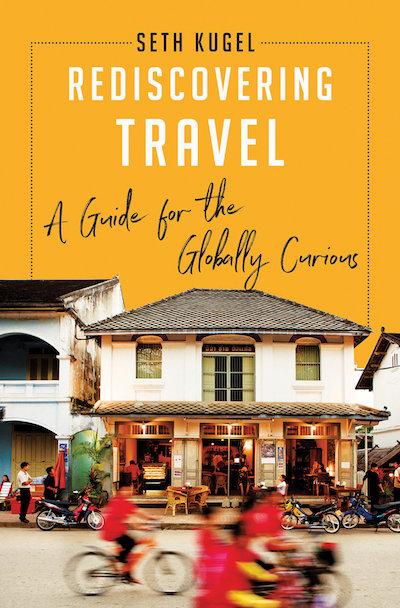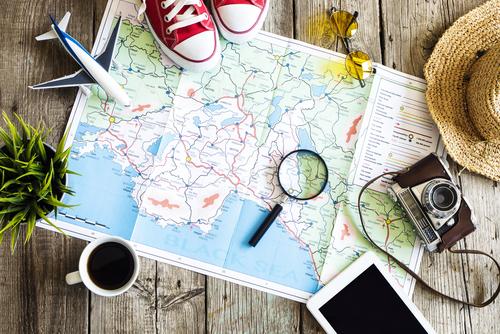From 2010 to 2016, Seth Kugel traveled the world and penned the Frugal Traveler column for The New York Times. He’s just released a book, “Rediscovering Travel: A Guide for the Globally Curious” (W.W. Norton & Co, $26.95), where he urges travelers to discover the joys of travel again—to go off-grid and off-the-beaten-track and get their heads out of their apps and interact with the world and people around them.

Rediscovering Travel






